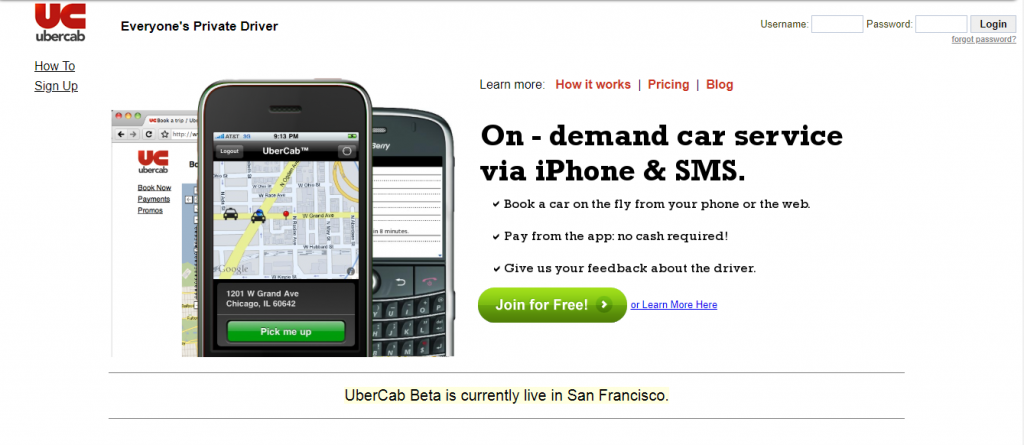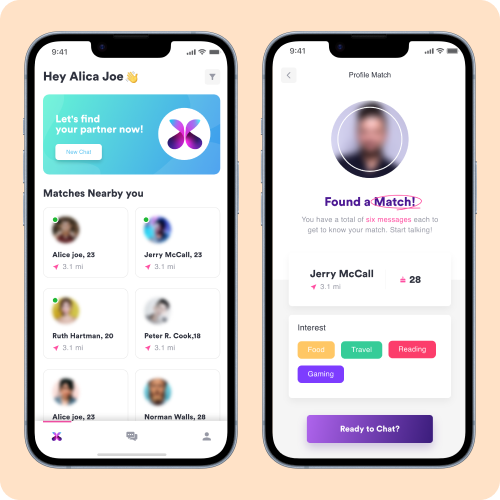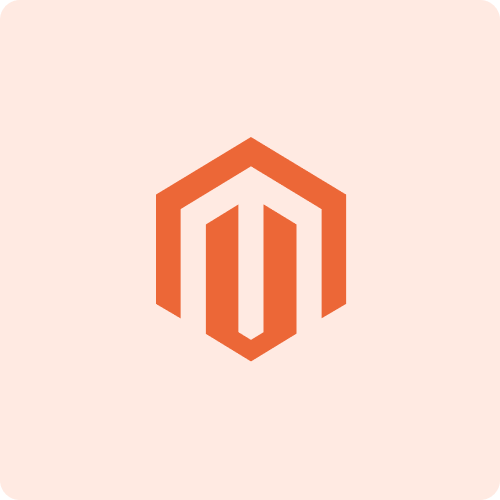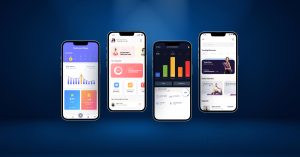On-demand apps have been on the rise ever since the success of Uber and Postmates. The reason for this is a mix of technological advancement and real-time fulfillment of services & goods. These factors have basically driven any major industrial growth we’ve seen in the past decade.
One of the obvious questions in the mind of every entrepreneur is if the on-demand economy is a bubble or is it worth getting into and how to build an on demand app?
To answer this question, let’s have a look at the industries on-demand apps have already penetrated into – Retail, Healthcare, Taxi, Food Delivery, Courier, and many more. On-demand businesses continue to revolutionize different industries and, in the right of recent events caused by COVID-19, even more so.
Ev Williams, the co-founder of Twitter, once said: “The internet makes human desires more easily attainable. In other words, it offers convenience. Convenience on the internet is basically achieved by two things: speed, and cognitive ease. If you study what the really big things on the internet are, you realize they are masters at making things fast and not making people think.”
This can also be used to explain the growth of the on-demand economy. One of the major reasons behind the growth of on-demand platforms is the ease of usage and luxury behind it.
- A survey says that 54% of US citizens under 25 believe same-day delivery to be their first choice when shopping online.
- 42% of adult Americans have used an on-demand service.
- The on-demand food delivery market will hit $161.75 billion by 2023.
As it’s clear from the above numbers, the on-demand economy is here to stay.
But how to successfully develop and grow your on-demand platform? In this article, I have created an end-to-end on-demand app guide: from defining your app idea & building an on demand app to getting and retaining app users.
Define Your Solution
Define what you want to offer with your on-demand app. Every industry is swarming with such service apps. How to create an on demand app that is different from others in the same industry?
Let’s look at two successful on-demand apps functioning in the same industry: GrubHub and Postmates.
Grubhub was launched in 2004 as a food ordering and delivery marketplace. Postmates, on the other hand, was launched in 2011 as a similar marketplace and still is running successfully.
Both of these on-demand delivery platforms have their pros and cons. While GrubHub is known for its availability, users like to use Postmates because it’s easy to use.
This is to say that building an on-demand app can be successful, even in an industry filled with on-demand service providers if it addresses a real problem and offers a unique solution. Having said that, define your app idea before building an on-demand app!
- What industry will be functioning in?
- Which existing problem is your app solving? What is its USP?
- What features will your app offer for – consumers and service providers?
Once you have a clear layout of your solution, you can move on to the next stage of developing on demand app is – market research and app idea validation.
Market Research to Validate Your On-demand App Idea
Identifying what your solution is just the first part of building on demand app. Market research to test your idea and identify your target consumers & competitors are two crucial parts of your on-demand app journey.
For instance, if you are planning to launch a delivery app, what do you plan to deliver? Is there a market gap that you can fill in? Is there an existing problem your app can address?
Finding answers to questions like these will help you validate your on-demand platform idea.
Dinnr, an app that delivered ingredients and instructions instead of readymade food failed terribly. It was launched in 2012 and was shut down in 2014 even after receiving £60K in funding.
The primary cause behind Dinnr’s failure was the lack of market! There was no real market need for this app and it failed due to poor research. If you want an in-depth guide on how to do market research for your app idea, you can click on the link.
Having said that, the four essentials of market research before building your on-demand app idea are:
- Buyer’s Persona: Create a detailed buyer’s persona for your app. For an on-demand app, you might need to create two – for consumers and for service providers. One of the brilliant on-demand app examples is Uber. It capitalized on the problem of taxi drivers who were finding it difficult to find consumers and vice versa. For your on-demand platform to be successful, you need to address the problems of both service providers as well as end consumers.
- Competitor Analysis: There are multiple ways to go about competitor analysis for your on-demand app which will help you decide how to sell and monetize your app. You can also analyze the user problems of a competitor app by reading reviews on Google Play Store and the App Store.
- SWOT analysis: SWOT (Strengths, Weakness, Opportunities, Threats) Analysis plays a key role in every entrepreneurial journey. This will help you understand if your on-demand app idea is worth following.
- Monetization Strategy: At the end of the day, you need a solid monetization strategy to sustain your on demand app. You can either adapt the monetization strategy of your competitors or choose a different one for your on-demand app.
For instance, YouTube and Vimeo are video sharing platforms but are run on two widely different revenue models. The next step of how to develop an on demand app is MVP development.
MVP Development
If you are familiar with agile development methodology, the first step of building an on-demand app is to create its MVP version and keep adding features on top of it.
Creating an MVP for your on-demand app with basic features of your app will help you test your on-demand app idea on the ground level. You can use the MVP of your app to collect user feedback and implement it. In a way, MVP is one of the sure-shot ways to maximize the chances of your success without investing too many resources.
You can leverage platforms like ProductHunt to test and validate your product’s concept and viability on the market before building your on-demand app. With a user-tested MVP, it will be easier to get investors on-board with your on-demand service app idea!
This is what Uber’s beta version looked like back in 2010.

There are multiple ways you can go about MVP development stage of creating your on-demand service app. One of the smart and cost-efficient ways to go about it by hiring a remote app development team. It will help you cut development costs as well as save you the trouble of hiring your own in-house team!
On-Demand App Features
You have to define key app features in this step of how to build an on demand service app.
Every on-demand platform comes with three sets of features: for consumers, for service providers, and for administrators. For instance, Uber – an excellent on demand app example, has different apps with distinctive features for users and taxi drivers.
To decide what features you want in your on-demand app for end-consumers and service providers, you can take the help of user feedback and online survey & product testing groups.
- Prepare a checklist of features you want to offer through your platform before building on-demand delivery app.
- Take the help of your app development team to decide if developing a feature for the on demand app falls under your budget.
- Remove the features that require integrations which might hamper the loading time or compromise with the UX/UI of your app.
For Consumers
Here are a few features that most on-demand apps offer their consumers that your product should also have.
- Registration – via email and other social media channels.
- Integration of Payment Gateways
- Live Tracking
- Cost Estimate
- Cancellations
- Reviews and Ratings
- Help & Support
- Notifications
For Service Providers
These sets of features should be available for the service providers who work with you to connect with their consumers.
- View, Accept & Reject Requests
- Edit Service Details
- Choose Availability
- Earning Tracker
- Average Ratings
For Admin
You, as an admin, should be able to view the transactions between the consumers and service providers to weigh in whenever help is sought from either of these parties.
- Real-time Analytics & Reporting – Tracking, Dashboard, etc.
- Service Providers’ Ledger – Earning history, commission per request, etc.
- User Management
- Service Tracking
The next step of how to create & grow an on demand app is marketing and user retention.
Marketing & User Retention
If your on-demand app addresses a daily life problem, getting new users on your app can be easy. There are multiple ways to accomplish that for your on demand app.
- Mobile app marketing before publicly launching your on-demand app is a great way to get users’ attention.
- You can offer rewards or special discounts for getting new users to download and signup.
- You can also create a referral program for your existing users to grow your user base.
- App store optimization can help your app to outrank your competitors in Google Play Store or App Store.
- Getting service providers with a huge consumer base can bring in users to your on-demand app.
The harder part comes when you have grown a decent user base. Many on-demand delivery platforms have failed because they didn’t have user retention strategies in place. Homejoy is one such example.
Homejoy – an on-demand app that connected homeowners with cleaners had to shut down even after receiving $40 million in funding!
Low user retention was one of the reasons. According to third-party analysis, only 55% of customers used it after the first month, and fewer than 10% used the service after 6 months.
Customer retention for your on-demand app is tough but increasing customer lifetime value of your users matters more in the long run.
On-Demand Apps: Final Words
If you have an on-demand app idea, it’s high time to jump right into it.
Define your solution and conduct thorough market research before getting into the development phase. Create an MVP for your app idea, get users’ feedback, and use it to build an on-demand app that people will absolutely love.
Resourcifi can handle the technical part of your on-demand app – from UI/UX design & development to testing. We are an award-winning staff augmentation company. Hire highly skilled web and mobile app developers for your on-demand app on a part-time, full-time, or an hourly basis.
Want to know how much you can save with us? Use our savings calculator to find out now!








































